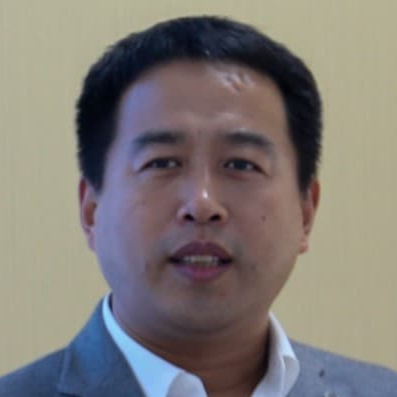Crumb Rubber Concrete and/or Other Eco-Sustainable Concrete
A special issue of Applied Sciences (ISSN 2076-3417). This special issue belongs to the section "Materials Science and Engineering".
Deadline for manuscript submissions: closed (18 February 2022) | Viewed by 5036
Special Issue Editors
Interests: fracture behavior; structural health monitoring and resilience; high-performance materials
Special Issues, Collections and Topics in MDPI journals
Interests: nondestructive testing (NDT); acoustic emission; electromagnetic emission; critical phenomena in structural mechanics; critical phenomena in geophysics; fracture mechanics; static and dynamic analysis of high-rise buildings
Special Issues, Collections and Topics in MDPI journals
Special Issue Information
Dear Colleagues,
This is a new Special Issue of the journal Applied Sciences.
Due to the massive use of concrete in the world and as a sector that is expected to continuously grow, resource consumption and emissions of concrete have become an important issue. In this context, how to find higher-performance eco-sustainable concrete or solutions to reduce greenhouse gas emissions in the short and long term is particularly important—in particular, how to find a suitable eco-sustainable solution through comprehensive judgment by balancing social needs, environmental requirements and technical feasibility, among them crumb rubber concrete, recycled aggregate concrete, solid waste concrete, low carbon emission cementitious materials, and so on.
The aim of this Special Issue is to reunite researchers working in the field of concrete, from the micro scale to the macro scale. We expect that this issue will provide novel insights into the transition to sustainable use of concrete. Both experimental and numerical studies are welcome.
Prof. Dr. Jie Xu
Prof. Dr. Giuseppe Lacidogna
Guest Editors
Manuscript Submission Information
Manuscripts should be submitted online at www.mdpi.com by registering and logging in to this website. Once you are registered, click here to go to the submission form. Manuscripts can be submitted until the deadline. All submissions that pass pre-check are peer-reviewed. Accepted papers will be published continuously in the journal (as soon as accepted) and will be listed together on the special issue website. Research articles, review articles as well as short communications are invited. For planned papers, a title and short abstract (about 100 words) can be sent to the Editorial Office for announcement on this website.
Submitted manuscripts should not have been published previously, nor be under consideration for publication elsewhere (except conference proceedings papers). All manuscripts are thoroughly refereed through a single-blind peer-review process. A guide for authors and other relevant information for submission of manuscripts is available on the Instructions for Authors page. Applied Sciences is an international peer-reviewed open access semimonthly journal published by MDPI.
Please visit the Instructions for Authors page before submitting a manuscript. The Article Processing Charge (APC) for publication in this open access journal is 2400 CHF (Swiss Francs). Submitted papers should be well formatted and use good English. Authors may use MDPI's English editing service prior to publication or during author revisions.
Keywords
- crumb rubber concrete
- eco-sustainable
- low-carbon emission
- cement composites
- high-performance admixture
- high-quality aggregate
- nanomaterials
- molecular dynamics
- structural health monitoring






